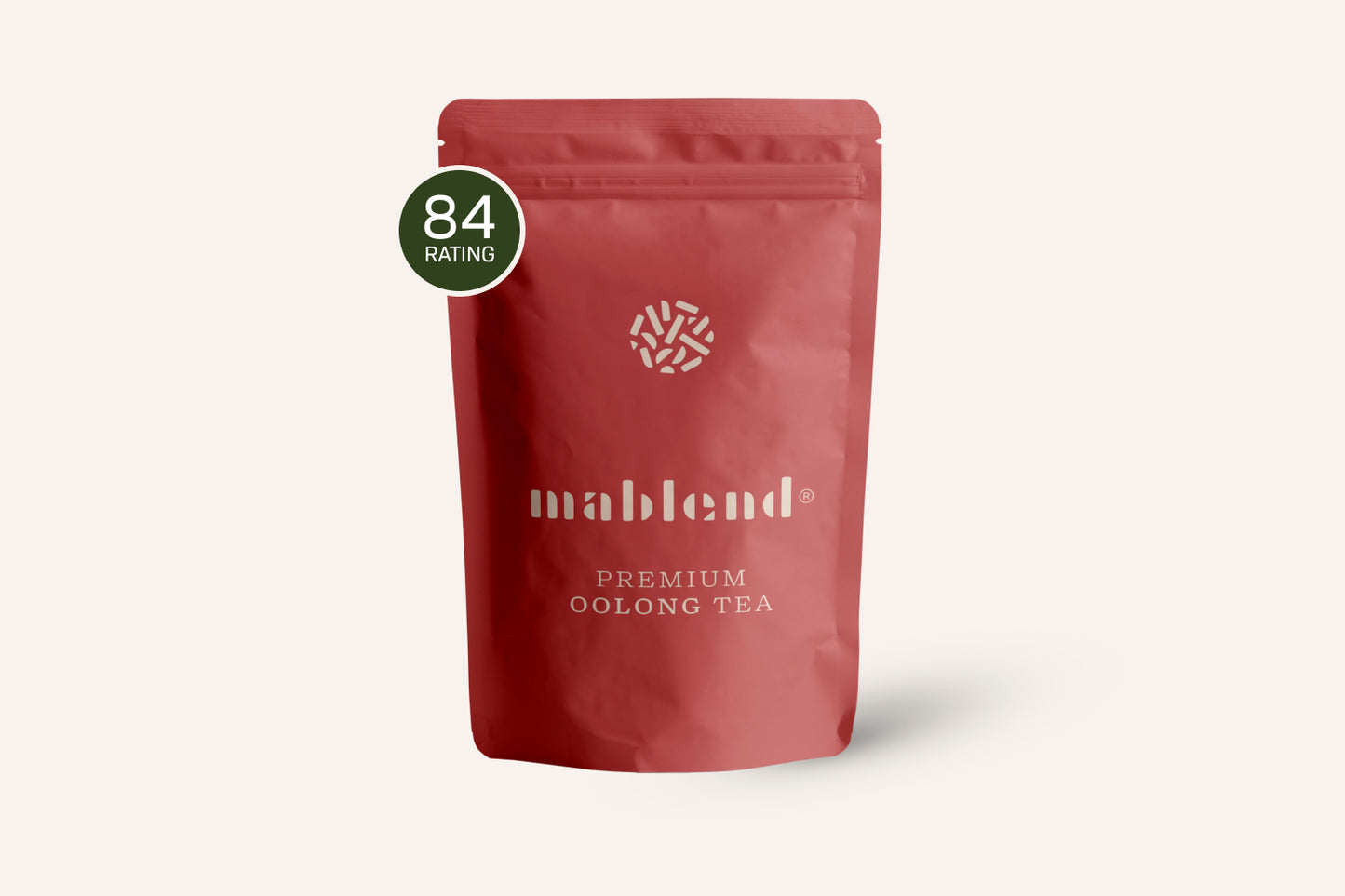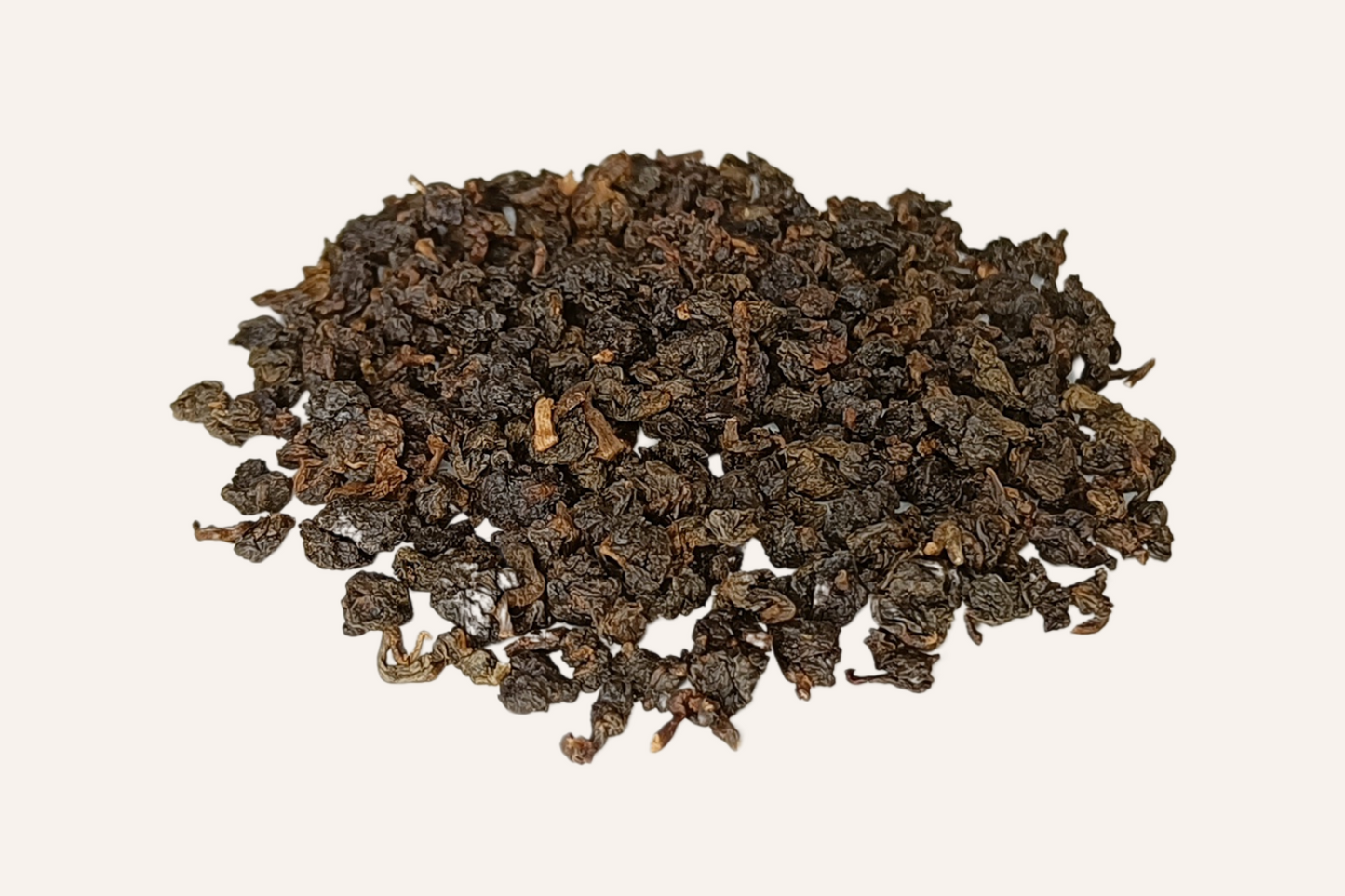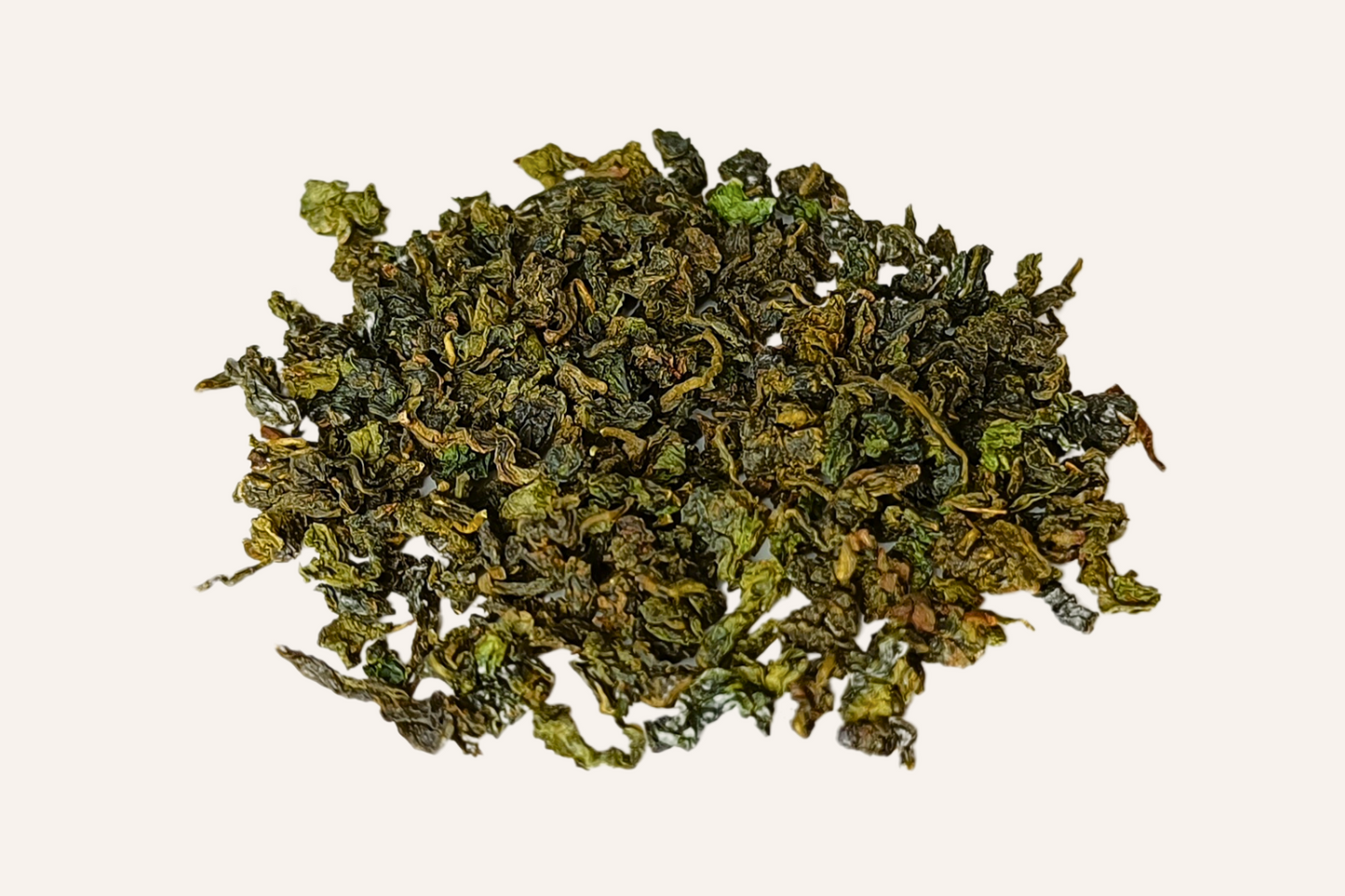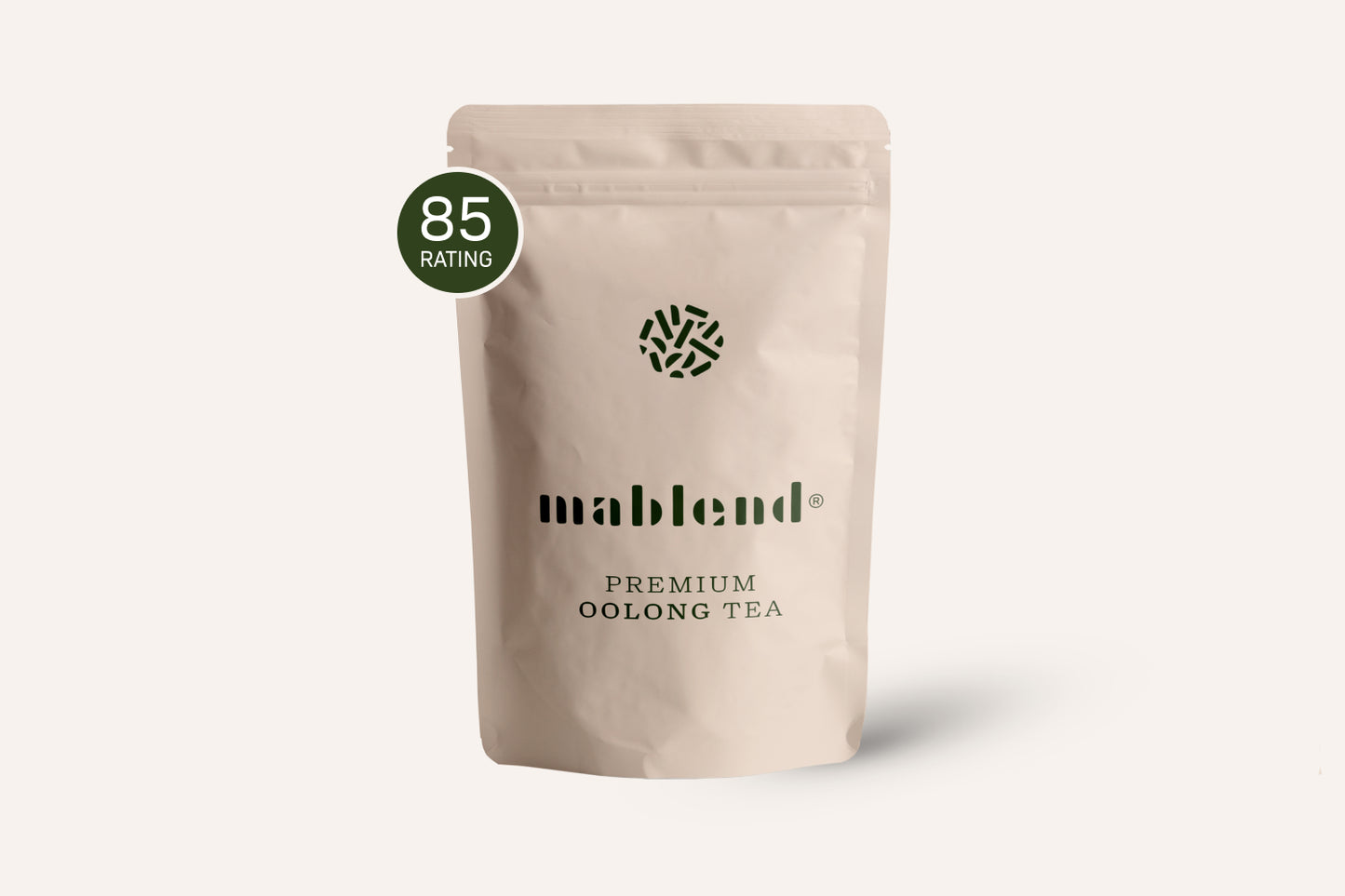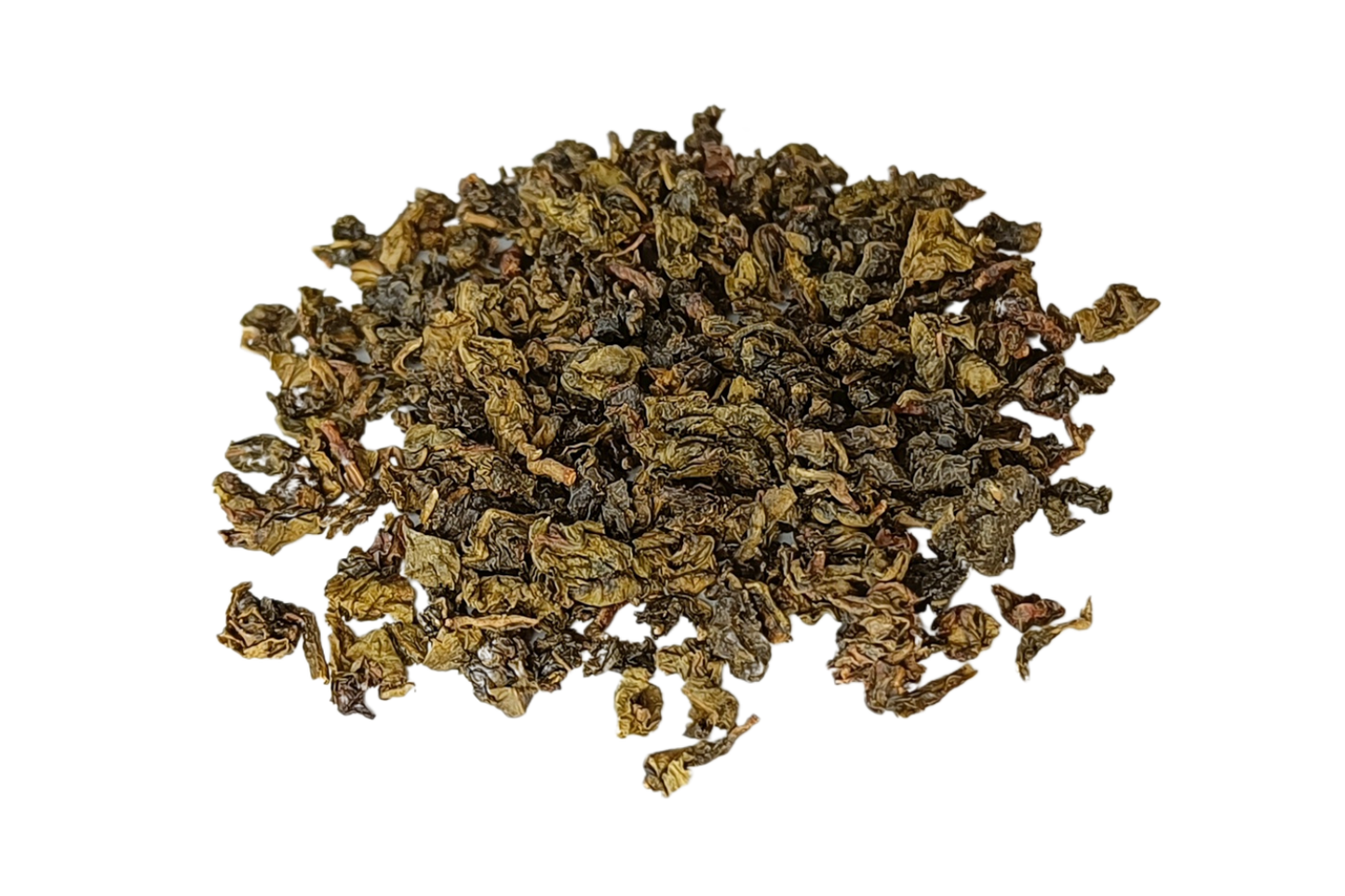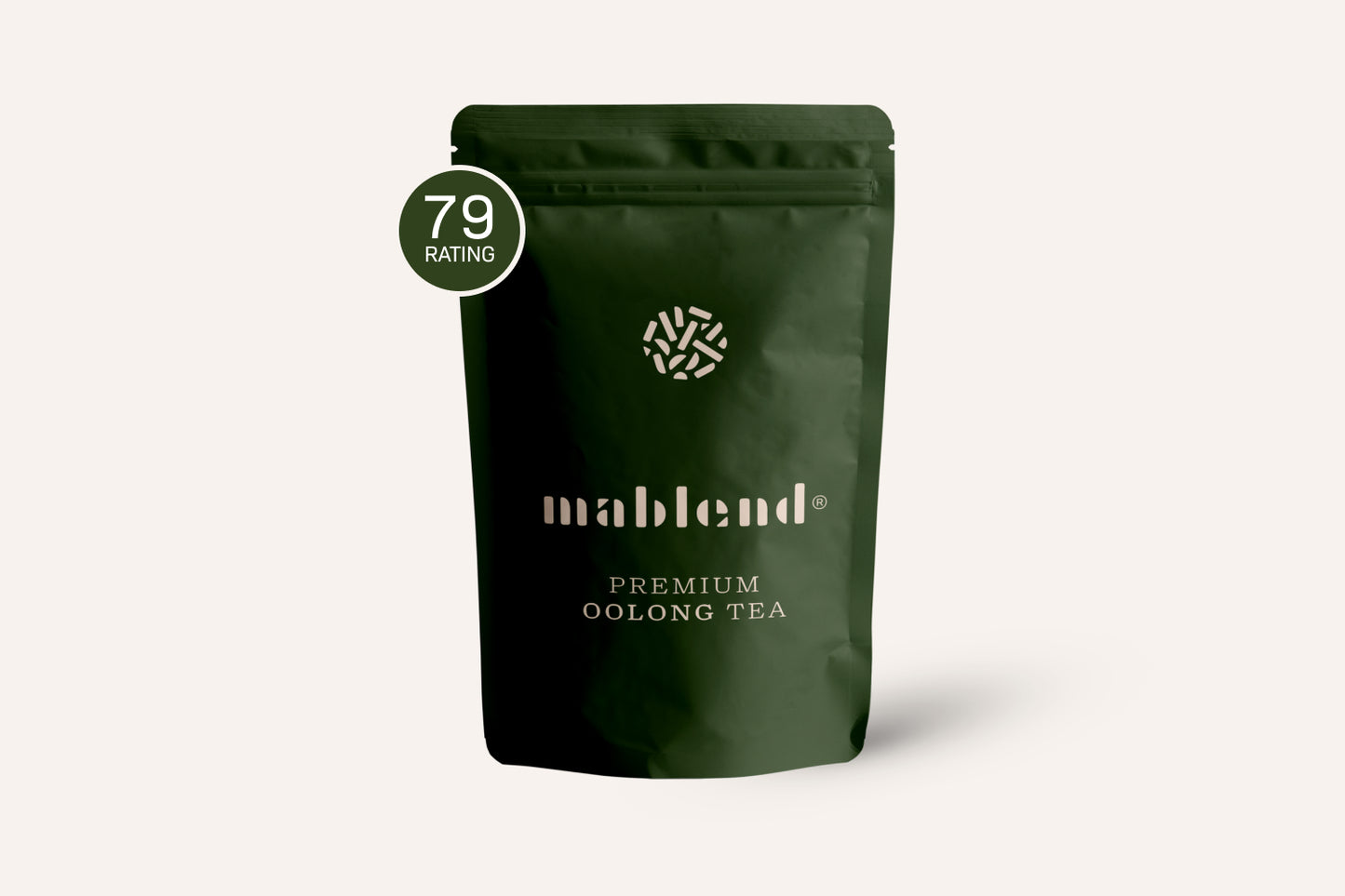Camellia sinensis: the plant behind your daily cup of tea. But did you know that this one plant is the source of both green and black tea?

Dive into this article to discover the fascinating origins, varieties and production processes of this versatile plant.
Origin of the Tea Plant
The Camellia sinensis, commonly known as the tea plant, is an evergreen shrub that originates in Southeast Asia, particularly in regions of south-central China.

The plant has shiny, bright green leaves that are often hairy on the underside. The white, fragrant flowers of the tea plant usually appear singly or in clusters of two to four.
The fruits are brownish green and contain one to four spherical or flattened seeds.
History of the Tea Plant
Tea has a rich history dating back thousands of years. It is one of the oldest drinks in the world and is closely intertwined with different cultures and traditions.
Tea has been used in traditional Chinese medicine for more than 4,000 years. It started as a medicinal herb before making its way into daily consumption.

In Great Britain alone, 62 billion cups of tea are drunk every year, which underlines the popularity of this plant.
The tea plant has also played an important role in world trade. China is the largest producer of tea, producing a whopping 2.5 million metric tons in 2018, which is 42.6% of the global tea supply.
Subspecies of Camellia Sinensis
Camellia sinensis has two main subspecies:
- Camellia sinensis sinensis
- Camellia sinensis assamica

The first, Camellia sinensis sinensis, is smaller and mainly found in China. This variant is more resistant to colder climates and is often used for white and green teas.
The second, Camellia sinensis assamica, is larger and is native to the Assam district of India. This plant is better suited to warmer climates and is often used for black and pu-erh tea.
Production of Tea
Tea production begins with picking the leaves of the Camellia sinensis plant. Depending on the desired type of tea, different parts of the plant are used.
For green tea, for example, only the youngest leaves and buds are picked. After picking, the leaves are dried, rolled and oxidized. Oxidation is a crucial step in determining the color and taste of the tea.
For example, green tea is less oxidized than black tea, resulting in a lighter color and milder flavor.
Can You Grow a Tea Plant Yourself?

Growing your own Camellia sinensis plant is certainly possible, but it requires patience and care. The plant thrives best in acidic, well-drained soil and prefers a location with partial shade.
It is important to water the plant regularly, but overwatering should be avoided. In colder climates such as the Netherlands and Belgium it is advisable to keep the plant indoors, especially during the winter months.
Frequently Asked Questions
Camellia sinensis: the plant behind your daily cup of tea. But did you know that this one plant is the source of both green and black tea? Dive into this article to discover the fascinating origins, varieties and production processes of this versatile plant.
What is Camellia sinensis good for?
Camellia sinensis is the source of all traditional teas, such as green, black, white and oolong tea. These teas contain antioxidants and may provide several health benefits, such as improving heart health and lowering the risk of certain types of cancer.
Does green tea have side effects?
Green tea is generally safe for most people when consumed in moderation. However, it contains caffeine, which can cause insomnia, nervousness, or increased heart rate in some people.
Where does Camellia sinensis grow?
The Camellia sinensis plant mainly grows in tropical and subtropical climates. The main tea producing countries are China, India, Sri Lanka and Kenya.
How do you care for a tea plant?
A tea plant needs acidic, well-drained soil and a location with partial shade. Regular watering is essential, but overwatering should be avoided.
Sources:
